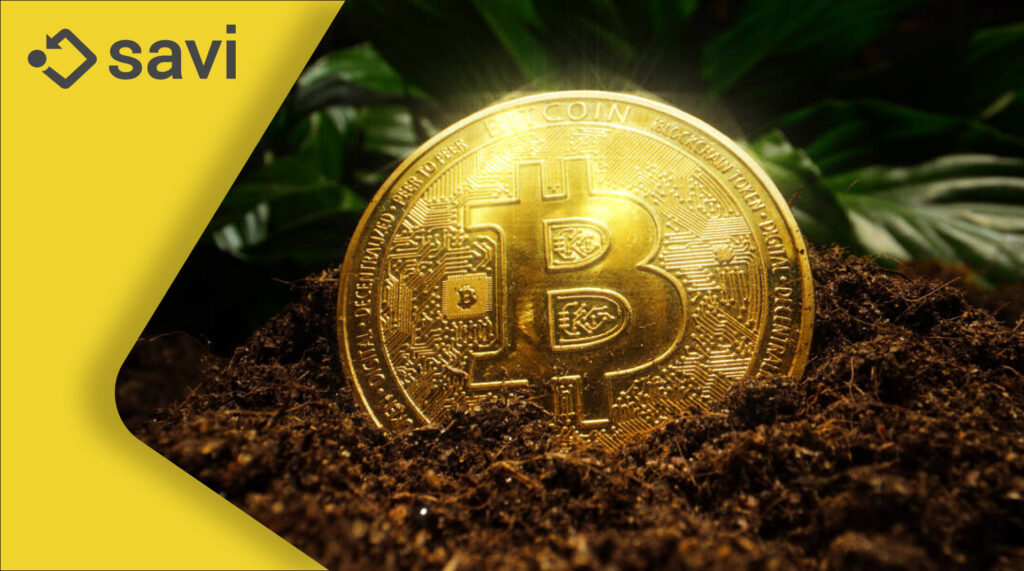Cryptocurrency investment is a new and exciting way to make money, but it can be intimidating for beginners. In this article, we will walk you through the basics of cryptocurrency investment so that you can feel confident in starting your own portfolio. We’ll cover what crypto is, how to buy it, and how to store it safely. So, if you consider investing in digital currencies, read on!
Is crypto right for you?
Cryptocurrency investment is not for everyone. It can be a volatile and risky market, so you need to carefully consider whether it’s the right choice for you. If you’re the type of investor who likes to take risks and potentially make high returns, then crypto may be a good fit. But if you’re more risk-averse, you may want to stick to more traditional investments.
Choosing a wallet
Before you can start buying cryptocurrency, you need to choose a digital wallet to store it in. There are many different types of wallets available, so do your research to choose one that’s right for you. Some factors to consider include security, ease of use, and whether the wallet supports the coins you want to invest in.
Once you’ve chosen a wallet, you’re ready to start buying crypto! There are many different exchanges where you can purchase digital currencies. Again, do your research before choosing an exchange, because there can be significant differences in fees, security, and supported coins. Once you’ve found an exchange that meets your needs, create an account and start trading.
We’ve put together some useful links down below to point you in the right direction when picking your first wallet:
- Coinbase Wallet – Best for Beginners
- MetaMask – Best for Ethereum
- TrustWallet – Best for Mobile
- Ledger Nano S Plus – Best Crypto Hardware Wallet
- Electrum – Best Desktop Bitcoin Wallet
- BlueWallet – Best Mobile Bitcoin Wallet
- Exodus – Best for Desktop
- Crypto.com – Best DeFi wallet
Types of wallets – Custodial / Non-Custodial
When choosing a wallet for your first crypto investment, you have two main options: custodial and non-custodial.
A custodial wallet is one that is provided by a third party, such as an exchange or online service. These wallets are convenient because they are often easy to use and don’t require you to set up your own private keys.
In cryptocurrency, keys are the way a user is able to access their funds. Only people with the private key associated with a particular crypto wallet address are able to spend the funds held in that address – a bit like a username and password to access your bank account on the web.
However, because you do not control the private keys with a non-custodial wallet, you are not fully in control of your cryptocurrency and may be at risk if the service is hacked or goes out of business.
A non-custodial wallet, on the other hand, is a wallet where you control the private keys. This means that you are fully responsible for your cryptocurrency and need to take steps to keep it safe. Non-custodial wallets can be more complicated to use than custodial wallets, but they offer greater security.
Which type of wallet you choose is up to you, but if you are interested in starting with a self-custodial wallet, we recommend MetaMask or Coinomi. These wallets are easy to use and support a wide range of digital currencies.
Types of exchanges – CEX/DEX
When dipping your toe into the crypto pool for the first time there may be a lot of new terms that can seem overwhelming.
One such example is “CEX” and “DEX”:
- CEX (Centralised Exchange) is a type of cryptocurrency exchange that allows you to buy and sell digital currencies using fiat currency (like USD or GBP). As per IG crypto magazine, a fiat currency is a national currency that is not pegged to the price of a commodity such as gold or silver. The value of fiat money is largely based on the public’s faith in the currency’s issuer, which is normally that country’s government or central bank.
- DEX (Decentralised Exchange), on the other hand, doesn’t require an intermediary like a bank or CEX. Instead, transactions are peer-to-peer, and the platform is usually run by the community.
There are pros and cons to both systems, which we will go into detail about in another article. For now, it’s probably enough to understand that these are the two main types of exchanges available.
For more information on picking the best exchange for you, this Best Crypto Exchanges Of September 2022 – Forbes Advisor article is a good place to start, detailing exchanges such as
Picking your first coin

Now that you know how to buy cryptocurrency, it’s time to decide which coin you want to invest in.
There are hundreds of different cryptocurrencies available on the market today. So how do you choose which one to invest in? There are many factors to consider, but some important ones include the coin’s market capitalization, price history, and the team behind it. Please conduct your own research before investing in any digital currency.
To learn more about investing in NFTs, read here.
Investing in cryptocurrency – short or long term?

Once you’ve chosen a coin that you think is right for you, it’s time to start investing. The best way to do this is by buying small amounts of a cryptocurrency over time. This is known as dollar-cost averaging, and it’s a strategy that can help you minimize your risk when investing in volatile assets like digital currency.
By buying small amounts of cryptocurrency on a regular basis, you reduce the risk of losing money if the price falls sharply. This approach can also help you build up a position in a coin that you believe in for the long term, and is a good way to begin your crypto journey if you are a complete beginner.
Once you’ve chosen a coin and purchased it, you may be tempted to sell it as soon as the price goes up. But if you’re investing for the long term, try to resist this urge and hold onto your coins even when the market is down, as cryptocurrency prices are notoriously volatile. By doing this, you increase your chances of making a profit in the long run.
When considering an investment you may be met with the term “HODL” – a piece of crypto slang which commonly refers to long-term investment. Investopedia defines HODL as a crypto slang term meaning to buy-and-hold indefinitely. It implies not selling when markets go down or become volatile. Sometimes it is said to mean “hold on for dear life”.
This type of investing takes patience and discipline, but it can be a very rewarding strategy. So if you’re planning on investing in cryptocurrency for the long term, remember to HODL!
Storing your cryptocurrency
Once you’ve bought some cryptocurrency, you need to store it somewhere safe. The best way to do this is by using a hardware wallet, a physical device (like a USB) that stores your private keys and can be used to sign transactions. Hardware wallets are the most secure type of wallet, but they can be more expensive and complicated to use than other types of wallets.
For the best hardware wallets for beginners in 2022, check out this article by Best crypto hardware wallets for 2022 | Finder.com which goes over everything you need to know.
If you’re just starting out, you may want to use a software wallet instead. Software wallets like MetaMask are programs that you can install on your computer or phone. They are less secure than hardware wallets, but they are usually free and easy to use.
No matter what type of wallet you choose, be sure to take steps to keep your private keys safe. This includes keeping them offline (in a “cold storage” device such as a hardware wallet), making backups or encrypting them.
So there you have it! These are the basics of how to start your cryptocurrency investment and we hope this beginner’s guide has been helpful in kickstarting your cryptocurrency investment journey and building your crypto portfolio.





